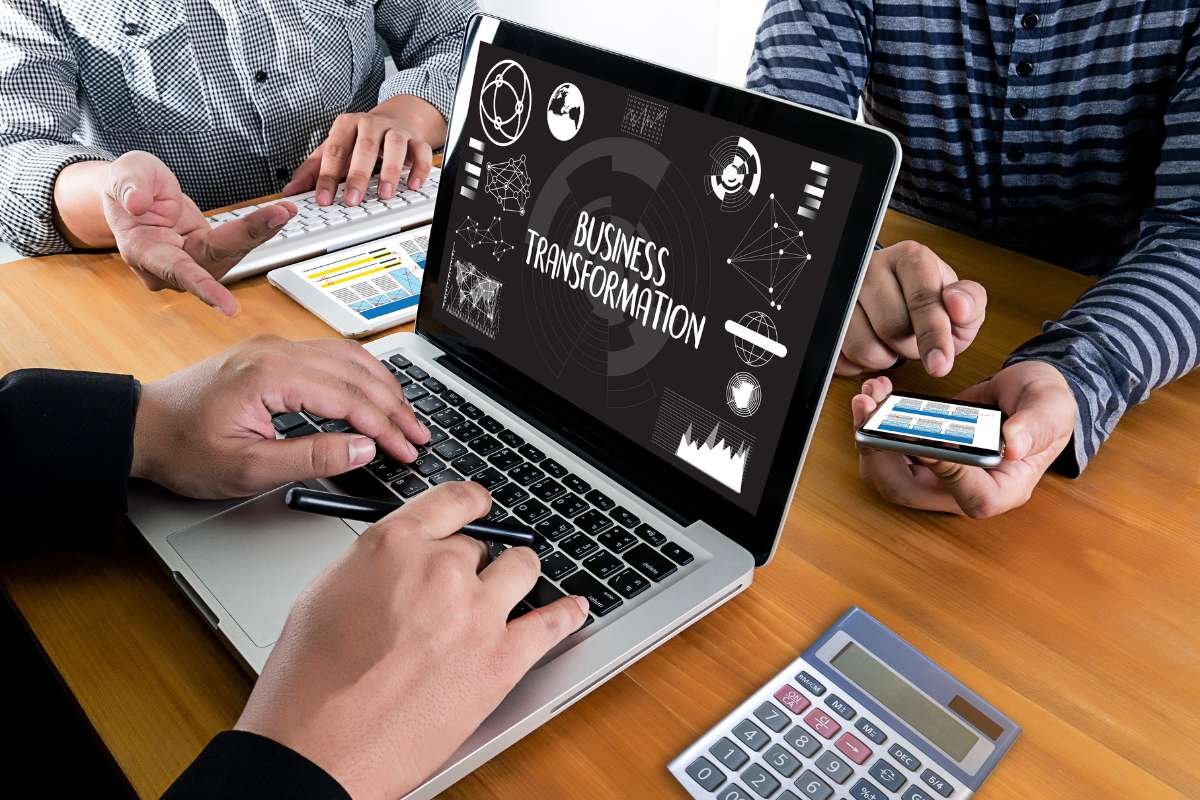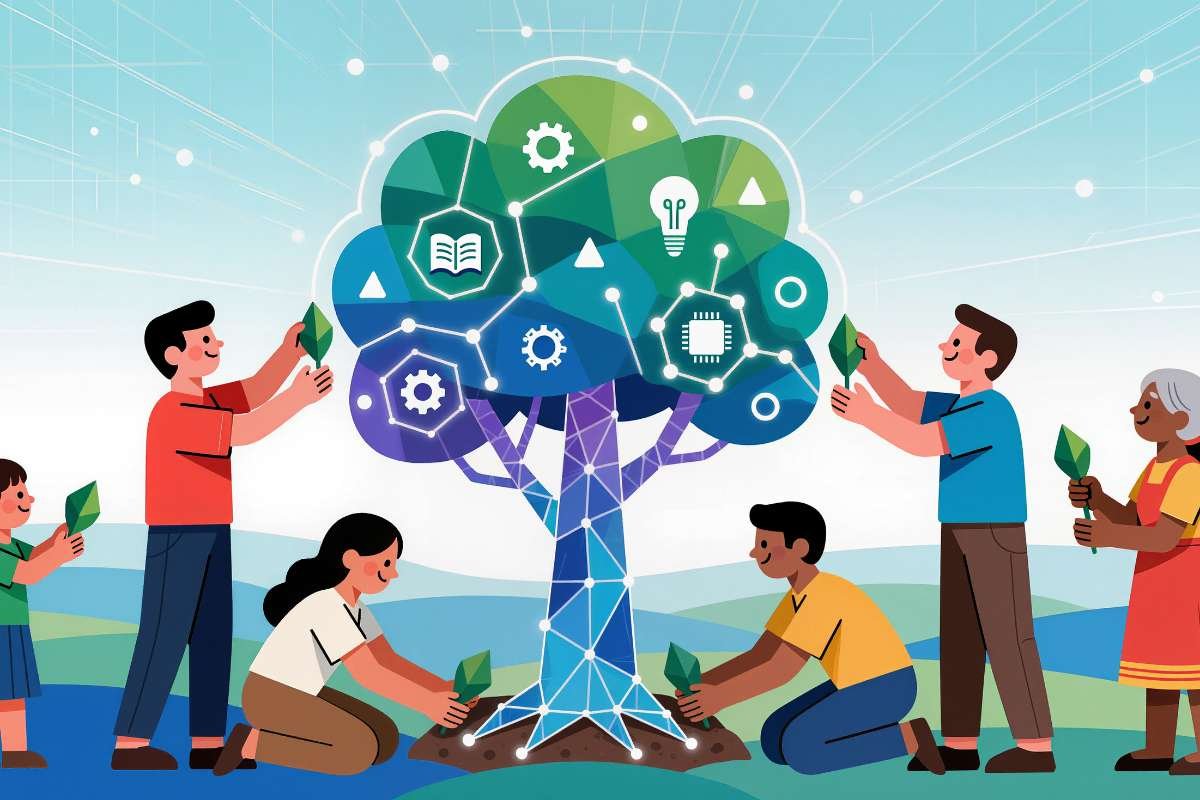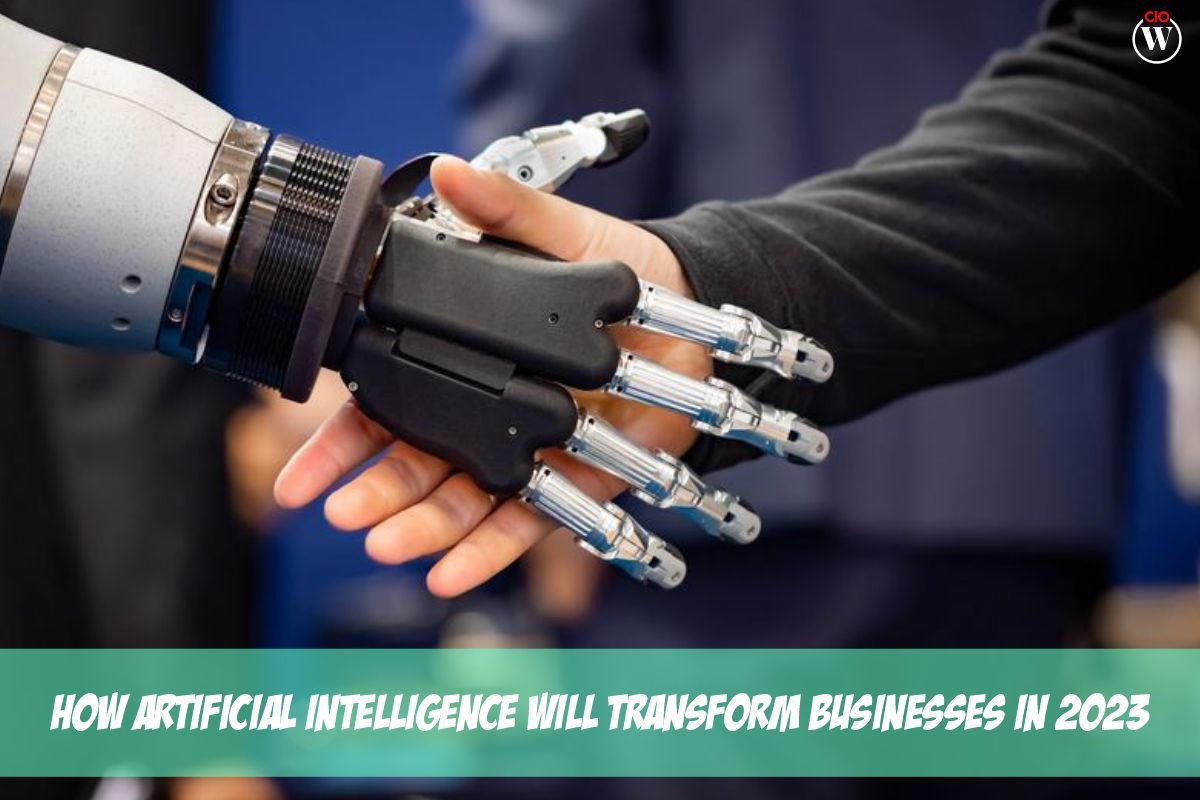In a world where technology is first. We see the term digitalization thrown around in our work, government, and personal lives. But what is Digitalization? It goes beyond simply adopting digital tools — it is a complete transformation in how organizations run, provide value, and engage with customers—all through technology. From online banking to AI-assisted healthcare, digitalization has changed convenience, speed, and accessibility.
Let’s explore the meaning, history, benefits, and some impacts on our modern economy, and some predictions about how this will shape our future.
What Is Digitalization?
To put it simply, digitalization is the process of leveraging digital technologies to change business models and create new value-producing opportunities. It involves integrating digital tools into every aspect of a company’s operations — from customer service and marketing to production and supply chain management.
While digitization refers to converting analog information into digital form (like scanning paper documents into PDFs), digitalization takes it a step further by using that digital data to optimize processes, innovate services, and enhance decision-making.
For example:
- Digitization is scanning a medical record.
- Digitalization is using that data for predictive diagnostics or AI-powered healthcare insights.
So, when we ask what is digitalization? It’s about using technology not just as a tool. But as a catalyst for transformation.
The Evolution of Digitalization
The roots of digitalization go back to the early days of computing in the 1950s and 60s. However, the true transformation began in the 1990s with the rise of the internet and globalization. The 21st century then witnessed a massive acceleration with the emergence of:
- Cloud computing enables remote collaboration and scalable storage.
- Mobile technology, redefining connectivity and accessibility.
- Artificial Intelligence (AI) and Machine Learning (ML), driving automation and smart analytics.
- The Internet of Things (IoT) connects devices and systems seamlessly.
This rapid technological evolution has turned digitalization from a corporate advantage into a survival necessity.
Why Digitalization Matters Today?

In the modern economy, digitalization isn’t optional — it’s essential. It empowers businesses to stay competitive, resilient, and customer-focused. Here’s why it matters:
1. Enhanced Efficiency: Automation and smart tools streamline repetitive tasks, saving time and resources.
2. Better Decision-Making: Data-driven insights help companies predict trends, measure performance, and personalize user experiences.
3. Improved Customer Engagement: From chatbots to mobile apps, digitalization ensures faster response times and smoother experiences.
4. Global Reach: Digital platforms break geographical barriers, helping small businesses compete globally.
5. Sustainability: Digital processes reduce paper waste, optimize energy use, and support eco-friendly operations.
Real-World Examples of Digitalization
To understand what is digitalization in action. Let’s look at a few industries that have been transformed by it:
1. Banking and Finance: FinTech innovations like mobile wallets, digital banking apps, and blockchain have redefined financial accessibility. Customers can now transfer funds, invest, and apply for loans from their smartphones — all powered by secure digital ecosystems.
2. Healthcare: Telemedicine, wearable devices, and electronic health records (EHRs) have revolutionized patient care. Doctors can now monitor patients remotely and make faster, data-backed decisions.
3. Education: E-learning platforms and virtual classrooms have democratized education, making quality learning accessible to anyone with an internet connection.
4. Retail: E-commerce, AI-powered recommendations, and digital payment gateways have reshaped the shopping experience — both online and offline.
5. Manufacturing: The Industrial Internet of Things (IIoT) and smart factories enable predictive maintenance, automated production lines, and real-time analytics to boost productivity.
Benefits of Digitalization for Businesses
Businesses that embrace digitalization enjoy measurable benefits, including:

- Increased Agility: The ability to adapt to market changes quickly.
- Cost Reduction: Process automation lowers operational expenses.
- Innovation Opportunities: New digital tools foster creativity and product development.
- Data Security: Modern digital systems enhance protection through encryption and cloud-based backups.
- Employee Empowerment: Digital collaboration tools improve communication and remote work flexibility.
Ultimately, digitalization creates an ecosystem of speed, innovation, and efficiency — driving both short-term productivity and long-term sustainability.
Challenges of Digitalization
Despite its advantages, digitalization comes with challenges that businesses must address strategically:
- Cybersecurity Risks: Increased connectivity means higher vulnerability to data breaches and cyberattacks.
- High Implementation Costs: Adopting new technologies often requires significant initial investment.
- Workforce Adaptation: Employees may need retraining to adapt to new tools and digital workflows.
- Data Privacy Concerns: Handling massive amounts of digital data raises questions about ethical use and compliance with privacy laws.
- Legacy Systems Integration: Many older companies struggle to integrate digital tools with outdated infrastructures.
Addressing these challenges requires a clear strategy, leadership vision, and a culture that embraces change.
The Future of Digitalization
As technologies evolve, what is digitalization will continue to expand in meaning and scope. The next decade will see deeper integration of:

- Artificial Intelligence and Machine Learning, enabling predictive decision-making.
- 5G Connectivity, offering faster, more reliable data transmission.
- Blockchain ensures transparency and trust in digital transactions.
- Augmented Reality (AR) and Virtual Reality (VR), enhancing user experiences in retail, education, and entertainment.
- Green Digitalization, focusing on eco-friendly and energy-efficient digital practices.
Digitalization will also redefine the relationship between humans and machines — with automation handling repetitive tasks while people focus on creativity, innovation, and emotional intelligence.
How to Embrace Digitalization?
For businesses and individuals looking to stay relevant, here are key steps to embrace digitalization effectively:
- Assess Your Current Capabilities – Identify existing digital gaps and opportunities.
- Invest in Training – Build a digital-first culture through employee upskilling.
- Leverage Data Analytics – Use insights to improve strategy, marketing, and decision-making.
- Automate Wisely – Introduce automation tools that genuinely enhance productivity.
- Stay Secure – Prioritize cybersecurity and data privacy measures.
By taking these steps, organizations can future-proof their operations and thrive in the digital economy.
Conclusion
So, what is digitalization, in its truest form? It is more than simply using digital tools. It is the continuous process of transformation that alters the way businesses operate, how people work, and how society operates through efficiency, innovation, access, and sustainability. Digitalization is a building block of the new world. The question is no longer if you should adapt it, but how quickly you can?









